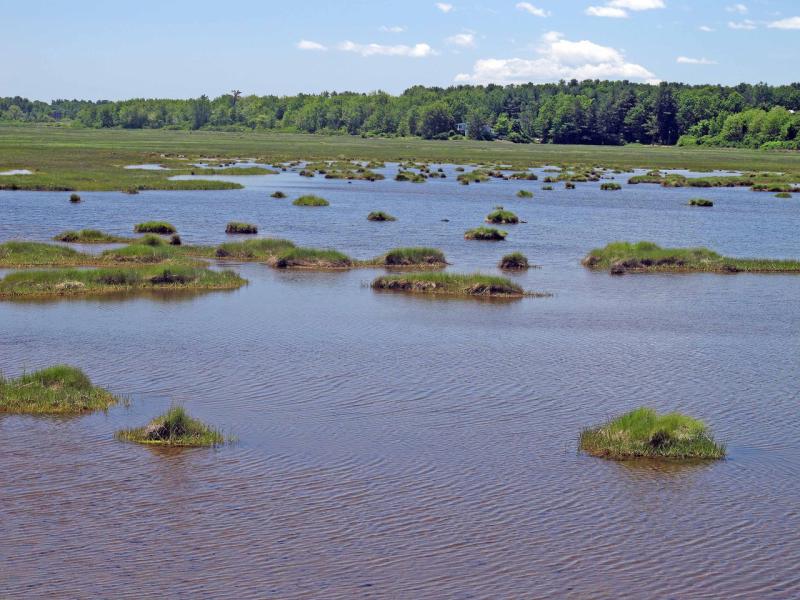With the recent hurricane devastation in the Caribbean, Florida, Texas and other areas of the southeastern United States, we are all thinking of all the people impacted. Almost half of the nation’s population lives near the coast, and these areas are at risk from severe weather such as hurricanes and floods. Communities are looking for more safe, effective, and affordable approaches to coastal protection.
According to a new study in Scientific Reports, conserving and restoring coastal reefs, wetlands, and mangroves can prevent flooding and save hundreds of millions of dollars in storm damage. It reports that wetlands protected areas of the East Coast from more than $625 million in direct flood damages from Hurricane Sandy in 2012. Wetlands reduced damages by more than 22 percent in half of the affected areas and by as much as 30 percent in some states.
Habitats are natural infrastructure that can protect our coastal communities from storms. There is evidence that shorelines with intact natural coastal habitats experience less damage from severe storms and that marshes dissipate wave energy.
Nature-based solutions are infrastructure projects that use natural features or processes that might otherwise be provided by engineered structures. Natural areas and nature-based solutions are vital to protecting our communities, economies, and fisheries from risks along our coasts. Nature-based solutions can be used alone or in combination with structurally engineered approaches to provide coastal protection and typically cost less.
Communities and their infrastructure are threatened by the increasing loss of habitats that provide protection. Our investments in natural infrastructure support economic development, improve the quality of life in communities, and also have environmental benefits. Habitat conservation and natural infrastructure builds resilience in communities and ecosystems by:
- Protecting our communities and properties from shoreline erosion and coastal flooding.
- Keeping our coasts healthy and inviting places to live, work, visit, and play.
- Ensuring our waters are clean and ecosystems productive for our protected resources and fish.



